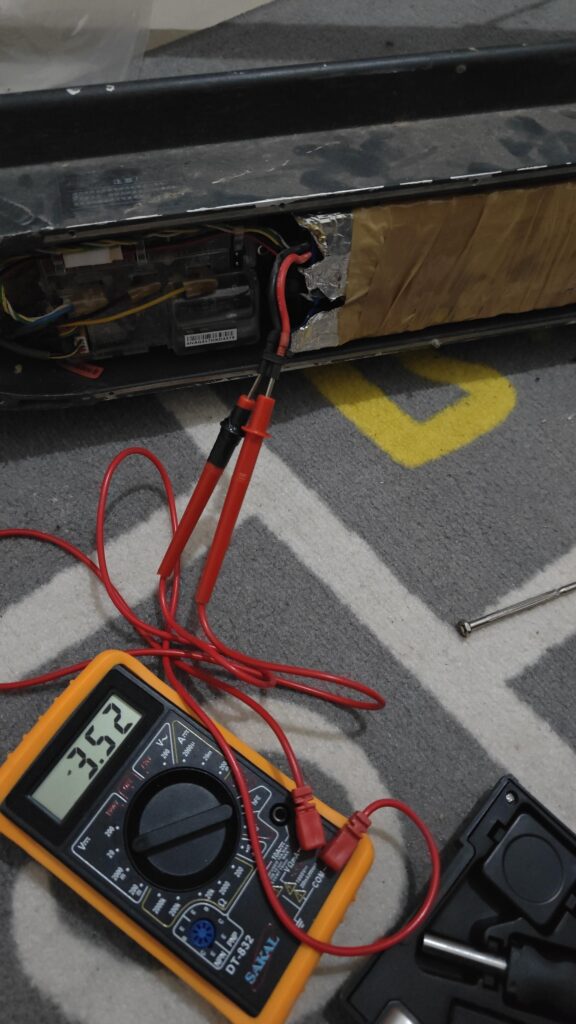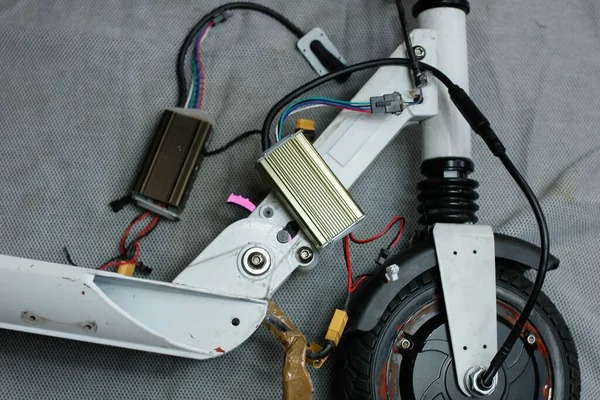Electric scooters are fast, fun, and eco-friendly, but nothing ruins a ride like a dead battery or a motor that won’t respond. Whether you’re stranded mid-ride or struggling with charging issues, knowing how to troubleshoot and fix common scooter problems can save time, money, and stress. In this guide, we’ll share expert tips, practical solutions, and essential safety advice to keep your scooter running smoothly and your rides worry-free.

Common Electric Scooter Problems
Electric scooter owners often face recurring issues. Some of the most common include:
- Battery not charging: Your scooter might show a low battery even after hours of charging.
- Scooter not powering on: The display may stay blank, or the scooter may fail to start.
- Motor problems: Sudden stutters, lack of response, or strange noises while riding.
- Brake issues: Squeaking, dragging, or uneven stopping power.
- Tire problems: Flats, low pressure, or uneven wear can affect handling and safety.
Have you noticed one of these issues with your scooter recently? Identifying the problem early is key to safe and efficient repairs.
Diagnosing Errors and Understanding Codes
Many scooters, including popular models like Xiaomi and Ninebot, display error codes when something is wrong. These codes help identify battery, motor, or BMS (Battery Management System) issues.
Before diving into repairs, check for simple causes: loose wires, blown fuses, or disconnected connectors. Using a multimeter is a safe way to test voltage, but always ensure the scooter is powered off and follow safety precautions.

Practical DIY Fixes
For many common issues, careful DIY fixes can get your scooter back on the road. Here are some beginner-friendly solutions:
Battery terminal cleaning: Dirt or corrosion can block power flow. Clean terminals with a soft cloth and reconnect securely.
Tighten motor screws: Loose connections can cause vibration, noise, or poor motor performance.
Adjust brakes: Check cables and brake pads for wear. A small adjustment can restore proper stopping power.
Battery balancing or replacement: Undercharged or overcharged cells may need careful balancing. Only attempt this if you have proper knowledge and tools like a spot welder. Avoid soldering cells directly, as it can be dangerous.
Safety Tips and Precautions
Lithium-ion batteries, which power most electric scooters, can be volatile if mishandled. Safety is paramount when performing maintenance. Batteries should never be charged indoors if they are damaged or tampered with. Fireproof containers are recommended for storage, and proper insulation materials should be used instead of makeshift solutions like aluminum foil or tape. It is also wise to keep a smoke detector and fire extinguisher nearby while performing repairs. Ensuring a safe workspace reduces the risk of accidents and protects both the rider and their property.
When to Seek Professional Help
Some scooter problems go beyond simple fixes and require professional expertise. If you face issues like severely damaged battery packs, motor failures that can’t be solved with basic adjustments, or complex BMS errors and faulty controllers, it’s best to seek help from a certified repair shop. While DIY repairs can be fun and cost-saving, knowing when to stop is crucial. Attempting unsafe fixes may not only cause permanent damage to your scooter but also create serious risks such as fire hazards. Trusting a professional in these cases ensures both your safety and your scooter’s long-term performance.
Pro Tips from Experts
Experienced riders recommend regularly checking battery health and ensuring cells are balanced. Firmware updates from the manufacturer can improve performance and fix known issues. Avoiding overcharging or deeply discharging the battery helps extend its lifespan and reduces the risk of failure. Taking a proactive approach to scooter maintenance ensures smoother rides, better performance, and increased safety. Reflecting on questions such as “How often do I check my scooter’s battery and components?” can encourage a consistent maintenance routine.
Salvaging or Replacing Batteries
If your scooter battery is damaged or tampered with, do not take risks. Replace it with an official battery pack for your model. While it may seem expensive, it is safer than attempting to fix a faulty battery. For hobbyists, salvaging undamaged cells for other projects can work, but only if you follow strict safety precautions.
Final Thoughts
Diagnosing and fixing electric scooter problems does not have to be overwhelming. By checking error codes, performing careful DIY repairs, and knowing when to call a professional, you can maintain a scooter that is safe, reliable, and enjoyable to ride. Prioritizing safety during repairs is essential, as a well-maintained scooter is not only faster and smoother but also much safer for both you and those around you. Have you faced a challenging scooter problem? What steps did you take to fix it? Sharing your experiences can help other riders troubleshoot and maintain their scooters more effectively.

